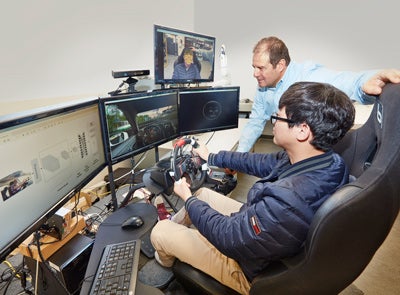The pattern analysis and machine learning research area involves theory, methods, operations and systems design that concern the perception, recognition and analysis of patterns of objects (visual, textual, numeric or multimedia) and building systems, machines and programs that exhibit adaptable and intelligent behaviour. There are several sub-areas in artificial intelligence and machine learning such as sensors management and perception, affective computing, activity recognition, data mining and knowledge discovery, cognitive robotics, cooperative intelligent systems, biometrics, video and image analysis, natural speech recognition, human-machine interaction and applications. These areas and sub-areas are the cornerstone of many applications ranging from intelligent transportation systems to service robotics, from speech transcription to document classification and clustering, from computer vision to emotion recognition, and from prediction of commodities to intelligent power engineering.
Members of the AI and ML area are renowned researchers in their own fields, producing large amounts of IP, characterized by more than 50 patents and five spin-off companies. AI and ML researchers organize, on yearly basis, a number of international conferences and workshops in the field. The AI and ML area attracts some of the best researchers and graduate students from all parts of the world. Following graduation, AI and ML graduate students are highly sought-after by academic institutions and industry. Research and training is completed using the most recent software and hardware available in the field; of particular note, these courses rarely taught in other institutions. Graduate students are known to also generate large amounts of IP, leading to patents and software products.
